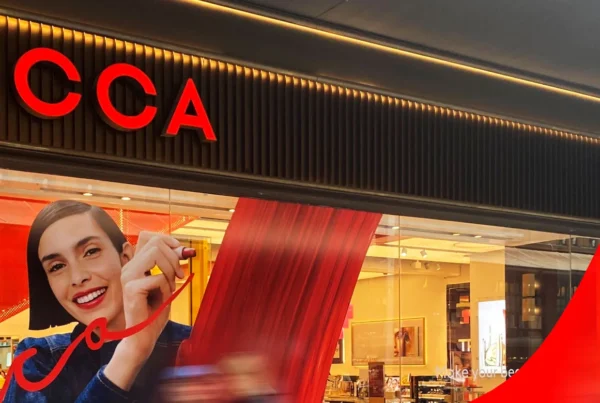Intelligent insights for a retail giant
Client
Quantium
Services
Design Research, Strategic Design, Product Design, Data & Analytics
Industry
Consumer & TMT
Year
2017 – Ongoing

Impact
Quantium provides world-leading, advanced analytics solutions to companies looking to exploit the vast volumes of data they capture. Q-Checkout, one of Quantium’s FMCG analytics products, has not had any significant updates since its launch. However, due to system constraints, adding new features have become complex and expensive, and valuable feedback from customers has not been actioned for years, leading to an extensive backlog.
To combat this, Quantium decided to rebuild Q-Checkout entirely in mid-2021, and Symplicit was selected in a competitive process to lead the product design stream.
Over the past 12 months, Symplicit has completed seven streams of UX/UI work which entail multiple features per stream. Features have been validated throughout the design process with moderated user testing – 70 user testing sessions have been facilitated (70 hours) and synthesised, informing design iterations and product optimisation. This design and iterate approach removes risk and gives the Quantium development team confidence that they’re building the right thing.
Value
Symplicit expanded Quantium’s Design System with patterns that can be used across other Quantium products. This design system provides a cost advantage and reduces the time to deploy new features.
Symplicit has also provided coaching and technical skills uplift to Quantium team members, including enhancements to their design process and creating world-class UX/UI artefacts and product solutions.
All features have been validated through moderated user testing, which informed design iterations and improved the product’s usability. This user-centred design approach also reduces the risk of building the wrong thing.
Process
Symplicit established a repeatable design process that fit the needs of the broader development team. The process started with a Define Phase in which business analysts (BAs) were briefed on business and technology requirements. Designers then conducted a landscape review to identify suitable patterns and broaden ideas for the defined feature.
Next, in the design phase, lo-fidelity concepts were produced and presented at design review huddles to ensure ideas could move to implementation without hindering the development team. Finally, mid-fidelity designs were established, and clickable prototypes were created.
Moderated testing guides were created in the Discovery Phase, and the clickable prototypes were tested with users. The insights gleaned from these sessions informed design iterations.
In the final Delivery Phase, high-fidelity designs were produced and handed over to the development team via a ‘three-way handshake’, in which the product manager, designers and developers ran through the designs to ensure they met business, user and technology goals.
Design played a crucial role in the QA process, with the design lead quality-checking the developed feature for consistency with the intended vision.
To date, 7-streams of UX/UI work have been completed, each representing multiple features.
Mindset
Iteration played a critical role in enhancing the learnability and usability of the final designs. Clickable prototypes mirrored users’ key tasks to engage with that feature. Users were then observed conducting key tasks with the clickable prototype, and any pain points, hesitation and questions were captured and informed design iterations.
At Symplicit, product design and development is a team endeavour, and collaboration was vital to successfully implementing this product. The product team, product owner, business analysts, designers and developers frequently engaged throughout the process to reflect on whether the product met user, technological and business goals.


